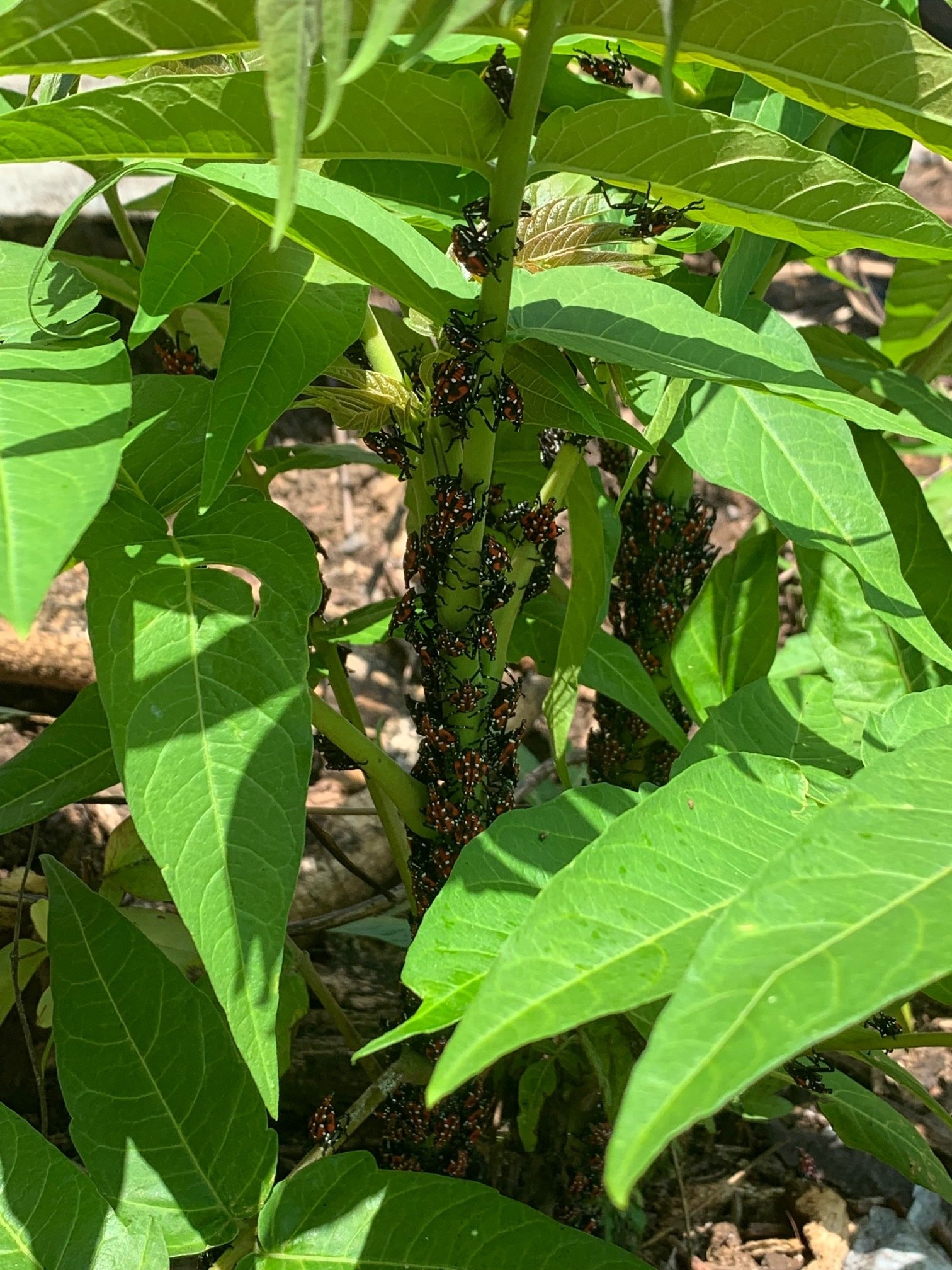Spotted Lanternfly Breeding Colony 45 minutes outside of Loudoun County
AUGUST 27, 2019
Have you heard of the recent invasion of the Spotted Lanternfly? If so, then you probably know that the US Department of Agriculture is calling it “the worst invasive species this country has seen in 150 years.” An insect native to China, the Spotted Lanternfly was first recorded in Pennsylvania in 2014 and has already expanded its territory to 13 counties in PA as well as being spotted in five other east coast states. In January 2018, the Spotted Lanternfly made its way to Northern Virginia. Currently there is a breeding colony in Winchester — only 20 miles away from Loudoun County’s western border! The insects’ devastating feature is their inclination to feed on a wide variety of trees and vines, including many fruit trees, hardwoods, grape vines, and hops. We are already seeing mass destruction occurring to vineyards in Pennsylvania as a result of these insects.
The potential for this species to continue moving into new areas is great, given that egg masses have been found on vehicles for commercial and private transportation, including cars and trains. With the Winchester colony being next to a railroad track, it is only a matter of time before the population spreads to other parts of Virginia. According to an article published by Entomology Today, “this pest has such a tremendous potential to breed and increase its population size that it can overwhelm individual properties and entire communities almost overnight,” says Sven-Erik Spichiger, entomology program manager with the Pennsylvania Department of Agriculture.
The WHSV reports that the original Spotted Lanternfly colony in Pennsylvania had not been discovered “for years after it was already there.” James Donegan has been monitoring the colony in Winchester and he realizes the same scenario could be true right here in Loudoun County. “I would estimate there’s a 75% probability that the Spotted Lanternfly is already here, breeding in unmaintained forest areas where we have widespread populations of Ailanthus.” Which brings us to the glimmer of hope we have in facing this invasive species: Ailanthus altissima, or “Tree of Heaven,” a tree native to China that has taken hold across the eastern United States and is a preferred host for the insect. If we take down most of these trees and leave a few behind to lure the Spotted Lanternfly, then we can help to prevent the spread of the insect and further damage to our food system in the future.
Don’t wait for this invasive insect to overwhelm you in Loudoun County, start preparing now. Donegan’s offers a strategic plan to search and destroy the Spotted Lanternfly by using its preferred host tree as bait. We wil cull the female Ailanthus trees and leave a few male Ailanthus host trees to draw the insects into a trap where we can apply insecticide or tree bands in order to control and monitor the spread of the population. Call us today to see what you can do to target the Spotted Lanternfly before it targets you.
For more information, read this FAQ about the Spotted Lanternfly.
Lee, M. (2018, August 22). Experts working on plan to eradicate invasive Spotted Lanternfly. Retrieved August 16, 2019, from https://www.whsv.com/content/news/Experts-have-a-plan-to-eradicate-invasive-Spotted-Lanternfly--491488661.html
Walker, M. S. (2018, February 27). Spotted Lanternfly: States Urge Citizens to Report Sightings of Invasive Insect Hitchhiker. Retrieved August 16, 2019, from https://entomologytoday.org/2018/02/26/spotted-lanternfly-states-urge-citizens-report-sightings-invasive-insect-hitchhiker/

